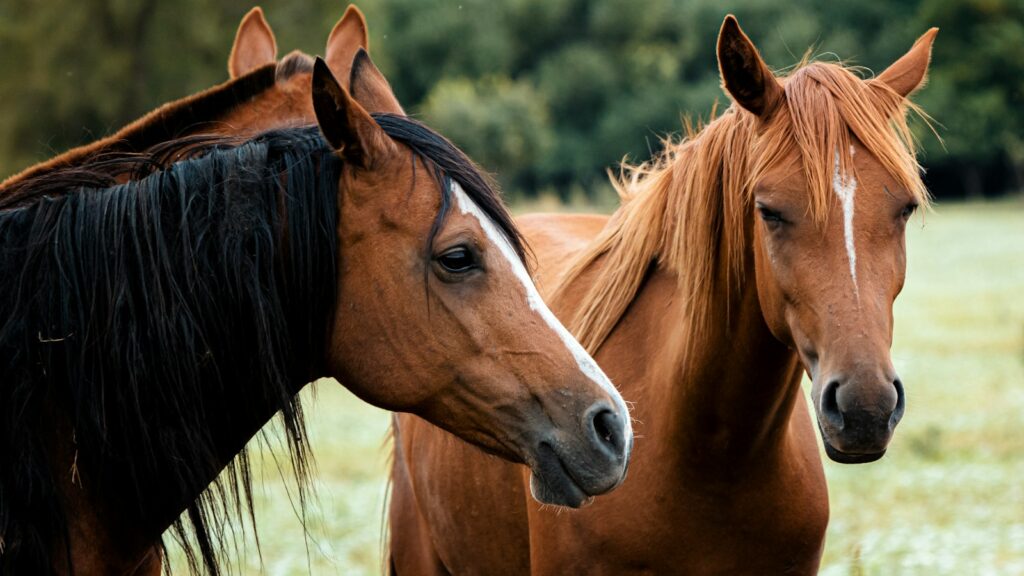Horses have been humanity’s companions for millennia, serving as transportation, work partners, athletes, and beloved pets. While all horses possess remarkable qualities, certain breeds stand out for their exceptional adaptability—their ability to thrive across diverse environments, weather conditions, and roles. These versatile equines transition seamlessly from trail riding to dressage arenas, from ranch work to therapeutic programs. Their physical resilience, temperament, and intelligence make them invaluable partners in virtually any equestrian pursuit. In this comprehensive guide, we’ll explore the most adaptable horse breeds worldwide, examining their unique characteristics, historical development, and the qualities that allow them to excel across varied settings and disciplines.
Quarter Horses: America’s Versatile Athletes
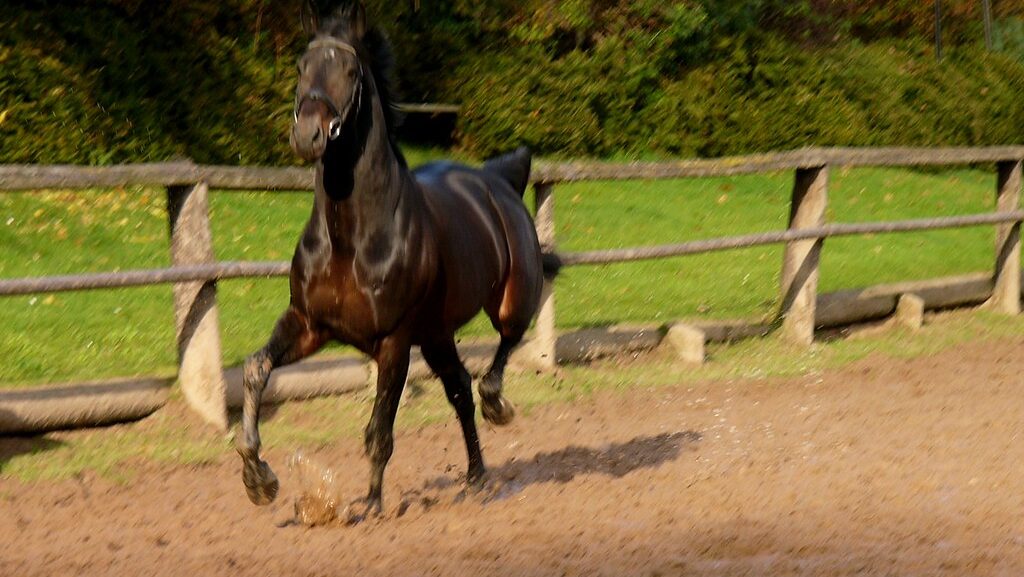
The American Quarter Horse stands as perhaps the most versatile and adaptable breed in the equine world, with over 6 million registered horses worldwide. Originally bred for quarter-mile races in colonial America, these horses developed exceptional acceleration, muscular hindquarters, and a calm, trainable disposition that allows them to excel in virtually any discipline. Their compact, muscular build provides the strength for ranch work and cutting competitions, while their intelligence and willing attitude make them equally suitable for pleasure riding, barrel racing, jumping, and even dressage. Quarter Horses adapt remarkably well to various climates, from the scorching deserts of Arizona to the frigid winters of Montana, maintaining their work ethic and dependable temperament regardless of conditions.
Arabian Horses: Desert-Bred Endurance Champions
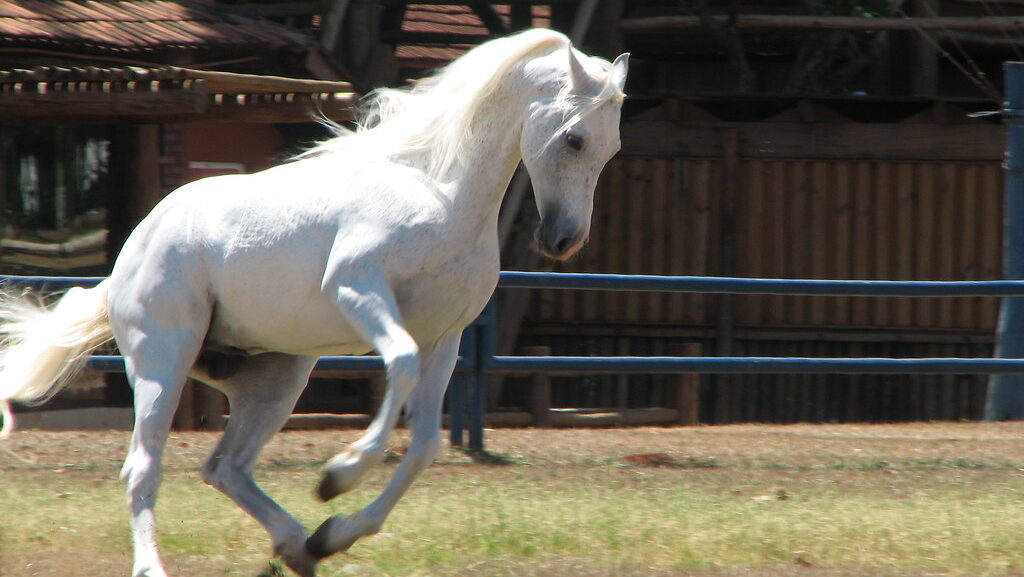
Arabians represent one of the oldest and most adaptable horse breeds, having evolved in the harsh desert environments of the Middle East where their survival depended on resilience and intelligence. Their distinctive features—dished facial profile, high tail carriage, and compact build—reflect adaptations that allowed them to thrive in extreme conditions. Arabians’ remarkable endurance makes them the undisputed champions of long-distance riding, dominating competitive endurance events worldwide while also excelling in show rings, dressage arenas, and as family companions. Their exceptional lung capacity, efficient metabolism, and dense bone structure contribute to their durability, while their keen intelligence and people-oriented temperament make them responsive training partners. Arabians’ natural heat tolerance allows them to perform efficiently in hot climates, though their thin skin requires additional protection in colder regions.
Thoroughbreds: Racing Legends with Surprising Versatility

Though primarily celebrated for their racing prowess, Thoroughbreds demonstrate remarkable adaptability across numerous disciplines once their track careers end. Their athletic build, characterized by long legs, deep chest, and powerful hindquarters, provides the physical foundation for excellence in jumping, eventing, dressage, and polo. Thoroughbreds’ natural competitiveness and forward-thinking mindset make them particularly well-suited for sport competitions where their intelligence and sensitivity allow for precise communication with experienced riders. Despite their reputation for being high-strung, many Thoroughbreds transition successfully to recreational riding or therapy programs with proper retraining and consistent handling. Their adaptability extends to climate conditions as well, though their thin skin typically requires blanketing in cold weather and sun protection during intense heat.
Morgan Horses: America’s First Breed
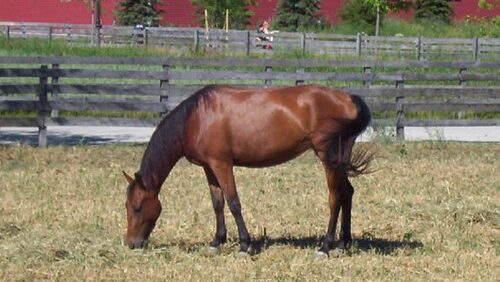
The Morgan horse, descended from a single foundation stallion named Justin Morgan in the late 18th century, embodies versatility in a compact, powerful package. These horses developed as all-purpose farm animals capable of plowing fields, pulling carriages, racing informally, and serving as comfortable riding horses—often all in the same day. Their willing temperament, intelligence, and sturdy constitution make them exceptional family horses while simultaneously allowing them to compete successfully in driving competitions, western disciplines, and English riding pursuits. Morgans typically possess excellent cold-weather tolerance thanks to their dense winter coats, thick manes, and robust constitutions, a testament to their development in the challenging New England climate. Their moderate size (typically 14.1-15.2 hands) makes them accessible to riders of various heights and abilities, further enhancing their adaptability.
Appaloosa Horses: Spotted Wonders of the Northwest
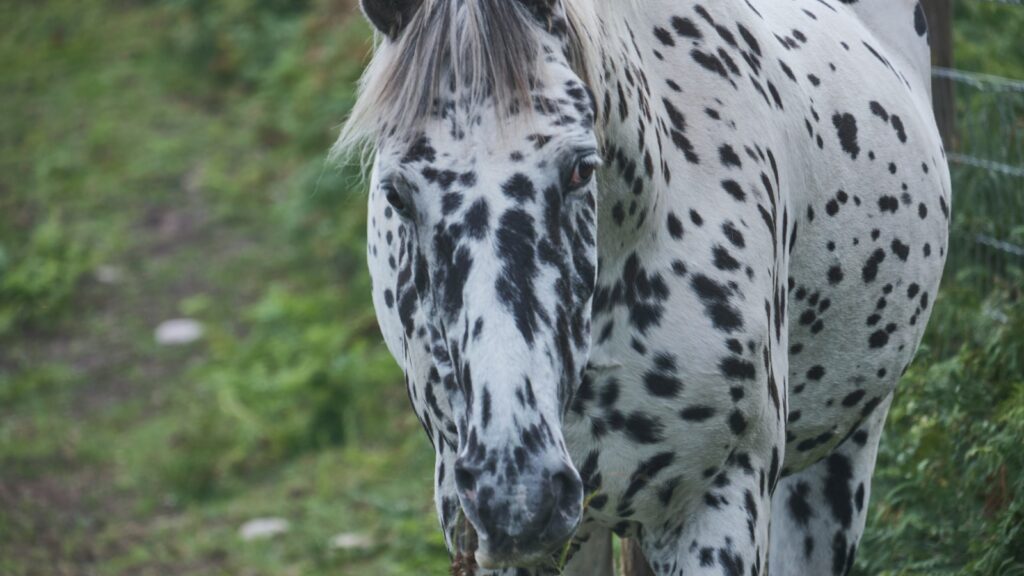
Developed by the Nez Perce tribe in the American Northwest, Appaloosas combine striking spotted coat patterns with exceptional versatility and environmental adaptability. These horses evolved to withstand the challenging terrain and climate variations of the mountainous Northwest, developing sure-footedness, sturdy bones, and remarkable hardiness. Their physical attributes—including striped hooves, mottled skin, and visible white sclera around the eyes—accompany a level-headed, intelligent temperament that makes them suitable for everything from ranch work to competitive trail riding, western performance events, and even jumping. Appaloosas generally possess excellent problem-solving abilities, having been selectively bred for intelligence by the Nez Perce, who valued horses capable of making independent decisions during hunting expeditions. Their distinctive spotted coats, which range from blanket patterns to leopard complexes, provide natural camouflage in varied terrain, representing another adaptation that served their historical development.
Mustangs: Living Embodiments of Adaptability
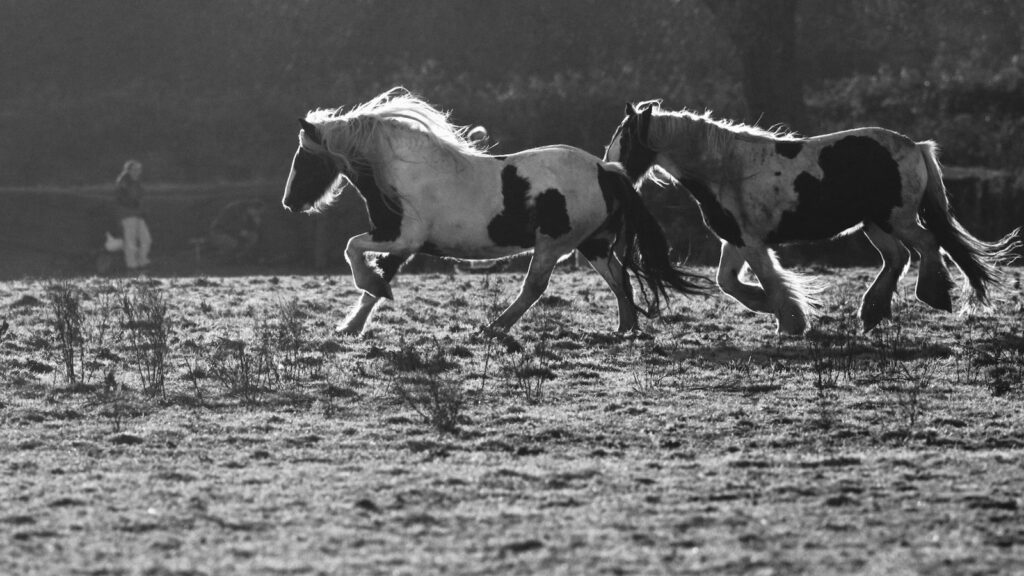
No discussion of adaptable horse breeds would be complete without mentioning Mustangs, whose very existence demonstrates remarkable environmental adaptability. Descended from domestic horses that escaped or were released in North America, these horses have survived for generations in some of the continent’s harshest environments, from desert landscapes to mountainous regions. Natural selection has produced animals with exceptional hardiness, sure-footedness, and resourcefulness, capable of finding water and forage in challenging conditions. Domesticated Mustangs, especially those adopted through the Bureau of Land Management’s program, often demonstrate extraordinary versatility once trained, excelling in endurance riding, competitive trail events, ranch work, and recreational riding. Their natural intelligence and survival instincts translate into problem-solving abilities and awareness that many domestic breeds lack, though these same traits require patient, consistent training approaches.
Paint Horses: Colorful All-Rounders
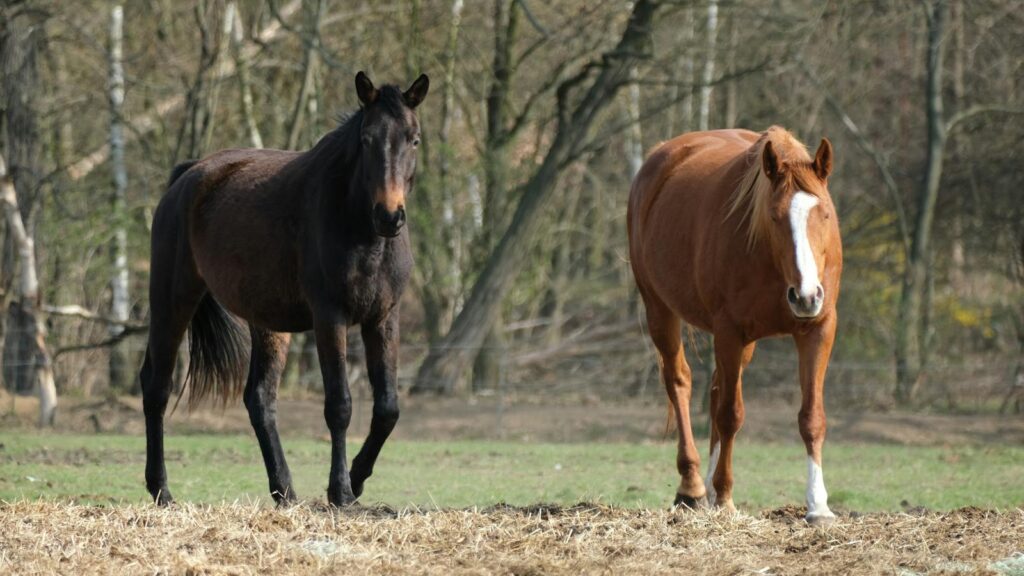
American Paint Horses combine the versatility of Quarter Horses with distinctive pinto coloration patterns, creating adaptable equines with eye-catching appeal. Developed from the same stock as Quarter Horses but selectively bred for their color patterns, Paints typically display the same muscular build, calm temperament, and athletic versatility as their solid-colored relatives. Their stocky, powerful physique provides the strength necessary for ranch work and western performance events, while their intelligence and trainability allow them to excel equally in English disciplines, driving, and recreational trail riding. Paint Horses adapt well to varied management situations, from full-time pasture living to stable boarding, generally maintaining good health and sound feet across different environments. Their genetically diverse background contributes to their hardiness and resistance to many congenital conditions, further enhancing their adaptability.
Norwegian Fjord Horses: Ancient Breeds with Modern Versatility
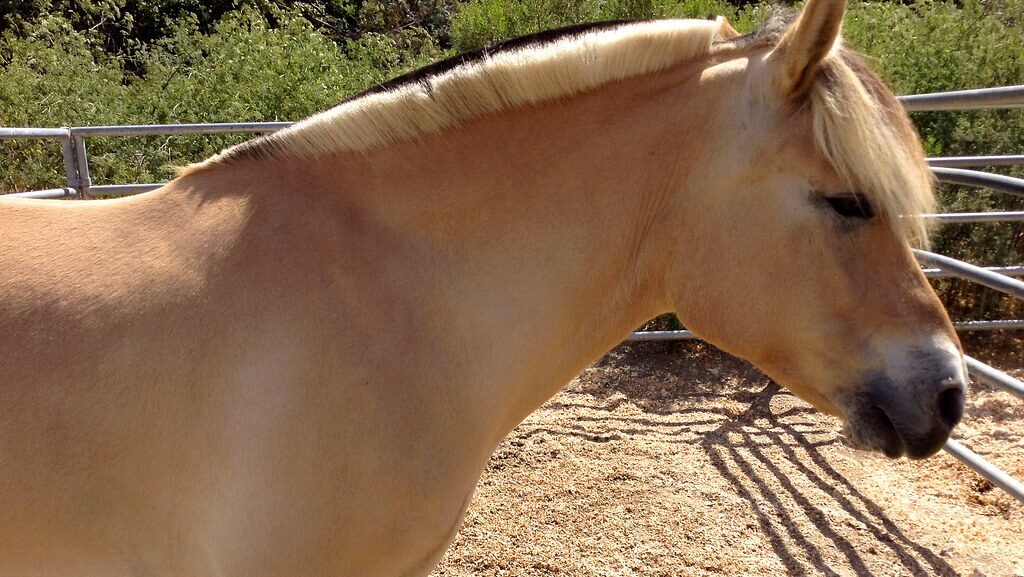
The Norwegian Fjord Horse represents one of the world’s oldest pure breeds, having been selectively bred in Norway for over 4,000 years, resulting in exceptional environmental adaptability and versatility. Their distinctive appearance—dun coloration, primitive markings, and upright mane—reflects their ancient origins, while their compact, muscular build provides remarkable strength relative to their small size (typically 13.2-14.2 hands). Fjords’ calm, steady temperament makes them excellent family horses and therapy mounts, while their strength and willing work ethic allow them to excel in draft work, driving competitions, and agricultural activities despite their relatively small stature. Their thick double coats and robust constitutions developed as adaptations to Norway’s harsh climate, enabling them to withstand extreme cold without supplemental blanketing while maintaining good health and work capacity. Fjords typically possess exceptional metabolic efficiency, requiring less feed than many larger breeds while maintaining excellent body condition, a valuable adaptation for their original environment where winter forage was limited.
Icelandic Horses: Tölt-Trotting Climate Masters
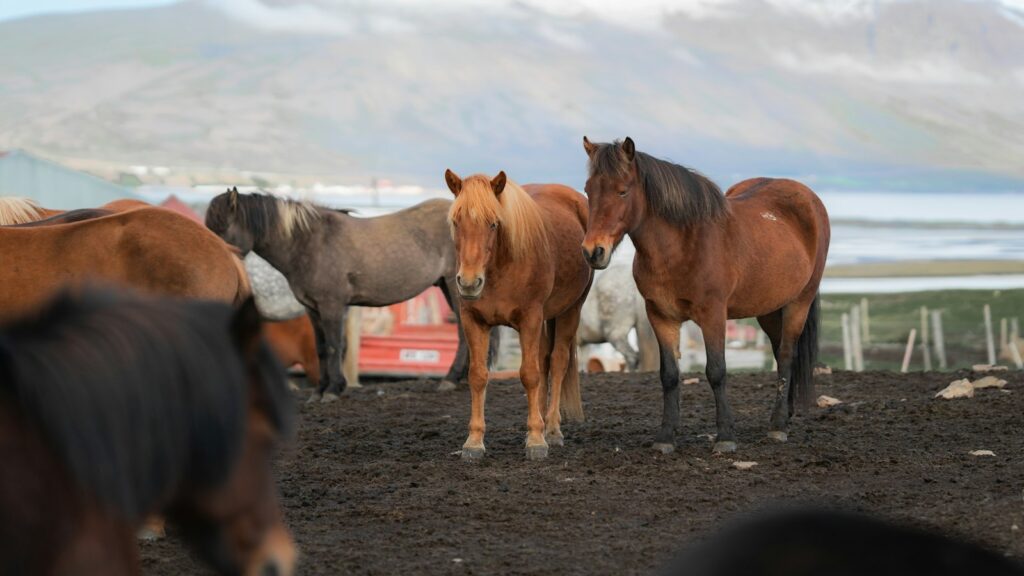
Icelandic horses have thrived in isolation on their namesake island since Viking times, developing extraordinary environmental hardiness and unique gaited abilities that enhance their versatility. Their compact, powerful bodies and extremely thick winter coats allow them to withstand temperatures well below freezing without supplemental shelter or blanketing, a crucial adaptation to Iceland’s harsh climate. Beyond their environmental adaptability, Icelandics offer riders additional versatility through their five natural gaits: walk, trot, canter, tölt (a smooth four-beat gait), and flying pace, making them comfortable mounts for riders of various experience levels and physical abilities. Their sure-footedness, developed from navigating Iceland’s volcanic terrain, makes them exceptional trail horses capable of crossing challenging landscapes that might intimidate other breeds. Despite their small size (typically 13-14 hands), Icelandic Horses can carry adult riders comfortably due to their exceptional strength-to-weight ratio and efficient movement.
Connemara Ponies: Ireland’s Versatile Athletes
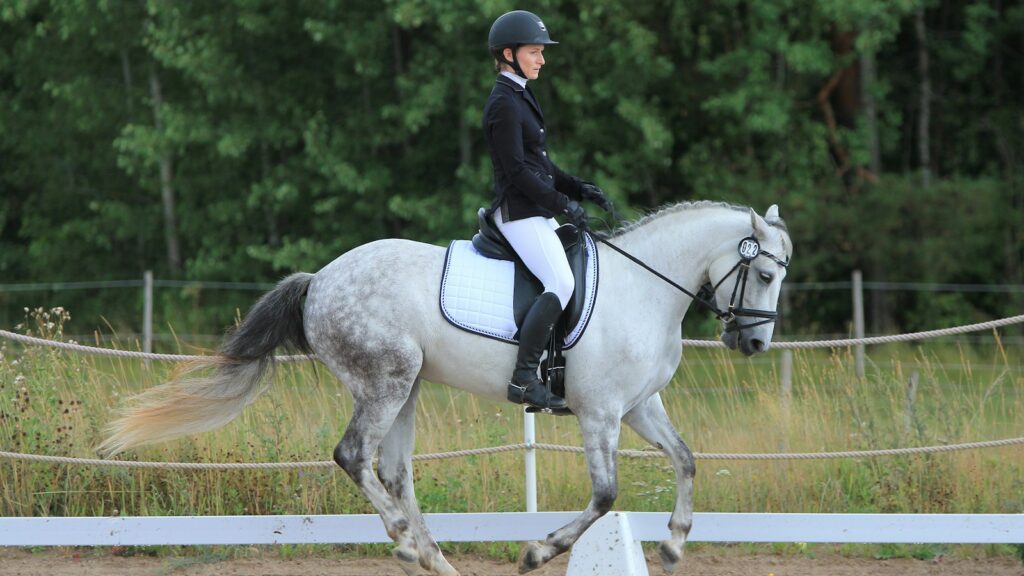
The Connemara Pony developed in the harsh coastal environment of western Ireland, where adaptability wasn’t merely advantageous but essential for survival. Their hardy constitution, intelligent problem-solving, and efficient metabolism evolved from centuries of semi-feral living in a region characterized by rocky terrain, limited forage, and challenging weather conditions. Connemaras typically stand between 13.2 and 14.2 hands, combining pony hardiness with surprising athletic ability that allows them to compete successfully against larger horses in jumping, eventing, and dressage competitions. Their calm, sensible temperament makes them exceptional family ponies and children’s mounts, while their athletic capabilities satisfy advanced riders seeking competitive partners. Connemaras adapt remarkably well to different management systems, maintaining good health whether kept in stabled environments or rough pasture conditions, a testament to their evolutionary adaptability.
Haflinger Horses: Golden Mountain Versatility
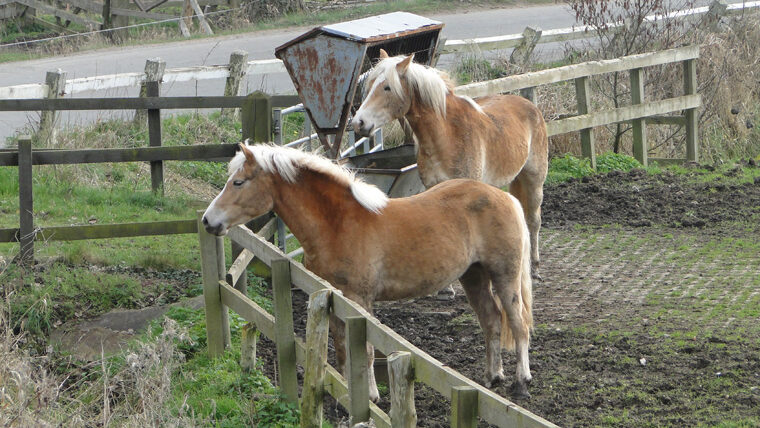
The Haflinger, with its distinctive golden chestnut coloring and flaxen mane and tail, developed in the mountainous regions between Austria and Italy as a versatile farm horse capable of adapting to challenging terrain and climate conditions. These compact horses (typically 13.2-15 hands) possess remarkable strength relative to their size, allowing them to work effectively as draft animals while remaining small enough for comfortable riding. Their calm, willing temperament makes them excellent family horses and therapy mounts, while their sturdy build and sure-footedness allow them to excel in driving competitions, light draft work, dressage, jumping, and trail riding. Haflingers’ thick manes, tails, and winter coats developed as adaptations to the Alpine climate, providing natural protection against cold temperatures while their efficient metabolism allows them to maintain good condition on relatively little feed. Their sound feet and strong bones, evolved from navigating rocky mountain terrain, contribute to their legendary soundness and longevity, with many Haflingers remaining actively working well into their twenties.
Spanish Mustangs: Heritage Horses with Modern Applications
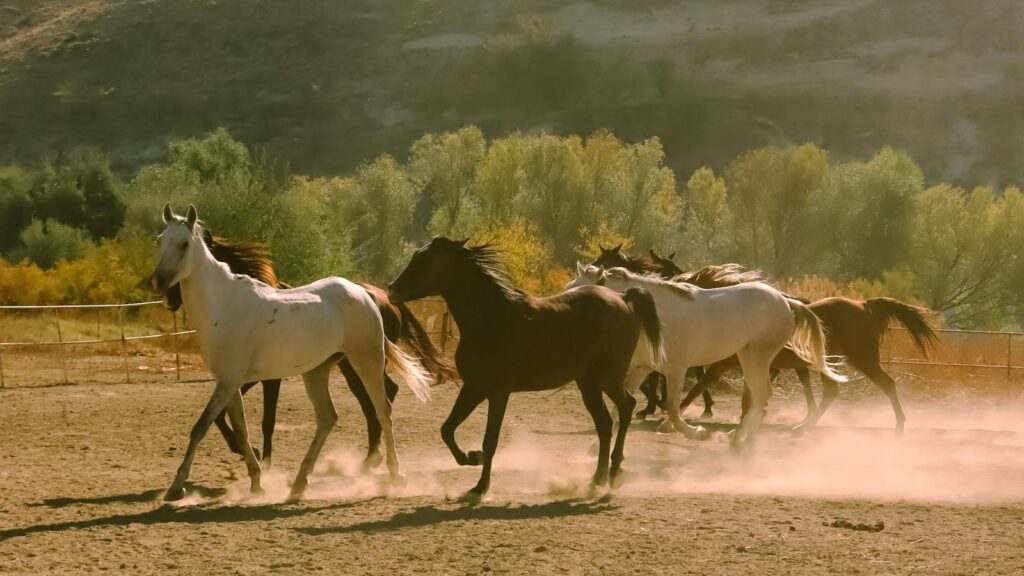
Spanish Mustangs represent direct descendants of the horses brought to the Americas by Spanish explorers, preserved through careful breeding programs focused on maintaining their historic type and adaptability. Unlike BLM Mustangs, which represent mixed bloodlines, Spanish Mustangs retain the distinctive characteristics of their Iberian ancestors: compact builds, low-set tails, and efficient movement designed for covering long distances. Their remarkable hardiness, developed through centuries of natural selection in varied environments across the American Southwest, translates to exceptional hoof health, metabolic efficiency, and disease resistance. Spanish Mustangs typically possess innate cattle sense, making them excellent working ranch horses, while their comfortable gait and level-headed temperament make them equally suitable for trail riding, endurance competitions, and even classical dressage. Their natural intelligence and sensitivity allow for nuanced communication with riders, though these same traits require thoughtful, consistent training approaches to develop their full potential.
Factors Contributing to Equine Adaptability
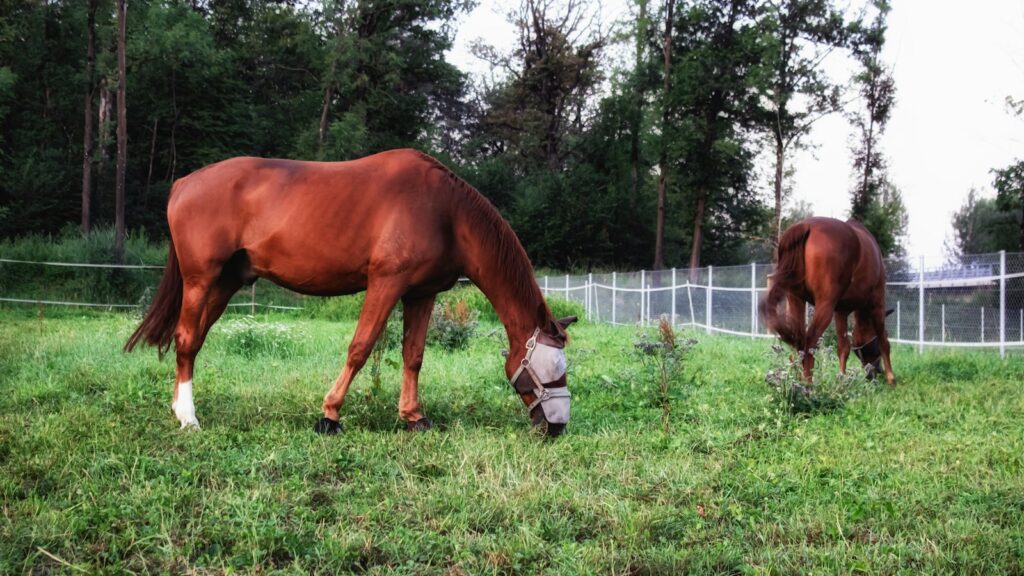
Several key factors determine a horse breed’s adaptability across different environments and roles, with temperament often proving the most significant. Horses with willing, trainable dispositions can transition between disciplines and adapt to various handling styles more readily than those with more specialized or reactive temperaments. Physical versatility represents another crucial component, with moderately-sized, balanced builds typically offering greater adaptability than extreme conformations developed for specialized purposes. Metabolic efficiency plays a vital role in environmental adaptability, as horses that can maintain condition on varied forage types require less specialized management in changing circumstances. Intelligence, particularly problem-solving ability and environmental awareness, enables horses to navigate new situations successfully, whether transitioning between disciplines or adapting to changing living conditions. Health factors, including natural parasite resistance, hoof quality, and thermoregulation capabilities, significantly impact a breed’s ability to thrive across different climate zones and management systems.
Training Considerations for Adaptable Breeds
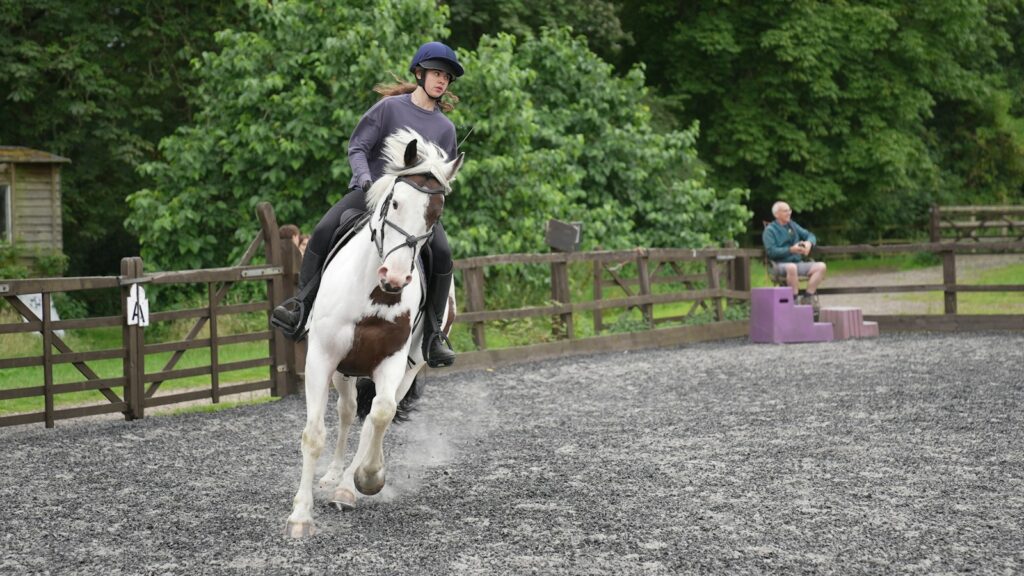
Highly adaptable horse breeds often benefit from training approaches that capitalize on their versatility while respecting their intelligence and sensitivity. Cross-training across multiple disciplines typically enhances these horses’ mental engagement and physical development, preventing the boredom and repetitive strain injuries that can result from specialized training programs. Progressive training that builds skills systematically while introducing varied environments helps adaptable breeds develop confidence and flexibility, preparing them to handle changing circumstances with minimal stress. Many adaptable breeds demonstrate exceptional responsiveness to positive reinforcement methods, which leverage their natural intelligence and willingness rather than relying primarily on pressure. Environmental exposure proves particularly valuable for adaptable breeds, as early introduction to various stimuli, terrain types, and working conditions enhances their ability to transition smoothly between different roles and settings. Consistency in basic handling combined with variety in learning experiences creates the ideal training foundation for maximizing these breeds’ natural adaptability
The Value of Adaptability in Horse Breeds
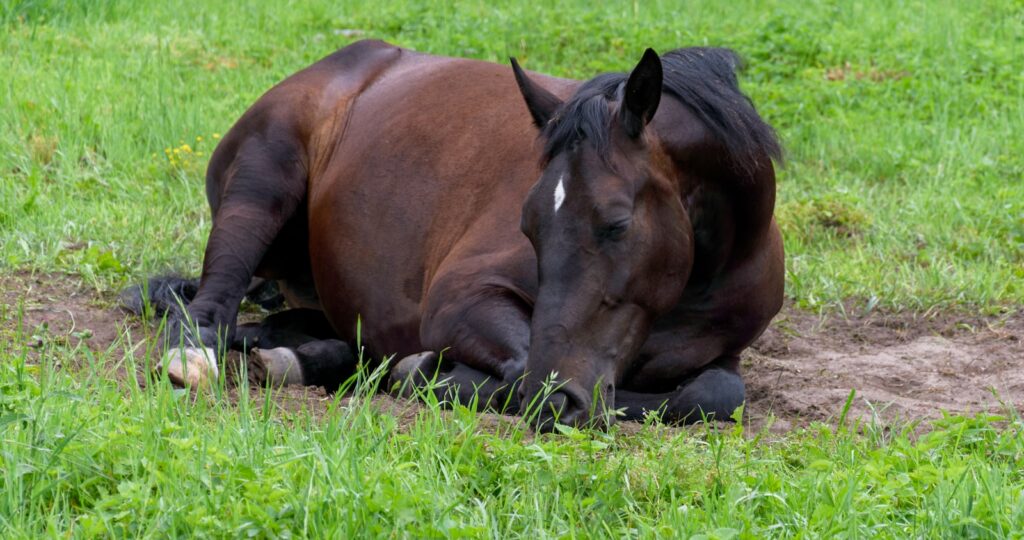
The most adaptable horse breeds combine physical hardiness, trainable temperaments, and problem-solving intelligence that allows them to thrive across varied environments and roles. From the versatile Quarter Horse to the ancient Icelandic with its unique gaits, these remarkable equines demonstrate that adaptability represents one of the horse’s most valuable evolutionary traits. While breed tendencies provide general guidelines, individual variation exists within every breed, with some horses demonstrating exceptional versatility regardless of their bloodlines. For riders and owners seeking equine partners capable of transitioning between disciplines or adapting to changing living situations, these adaptable breeds offer the perfect combination of resilience and versatility. Whether working cattle, competing in dressage, or simply enjoying weekend trail rides, these remarkable horses prove that adaptability remains one of the most valuable traits in our equine companions.

